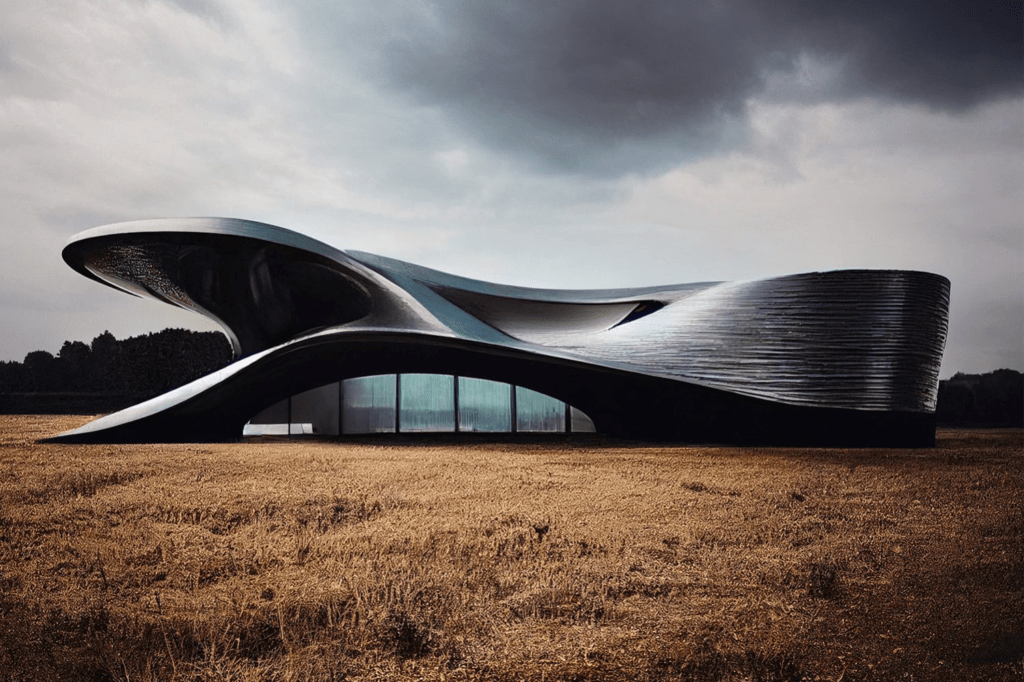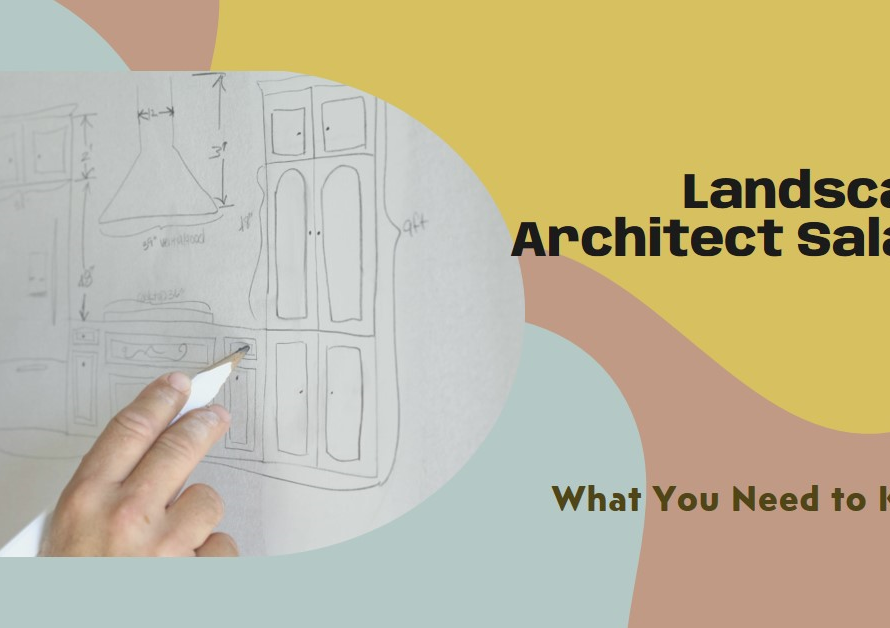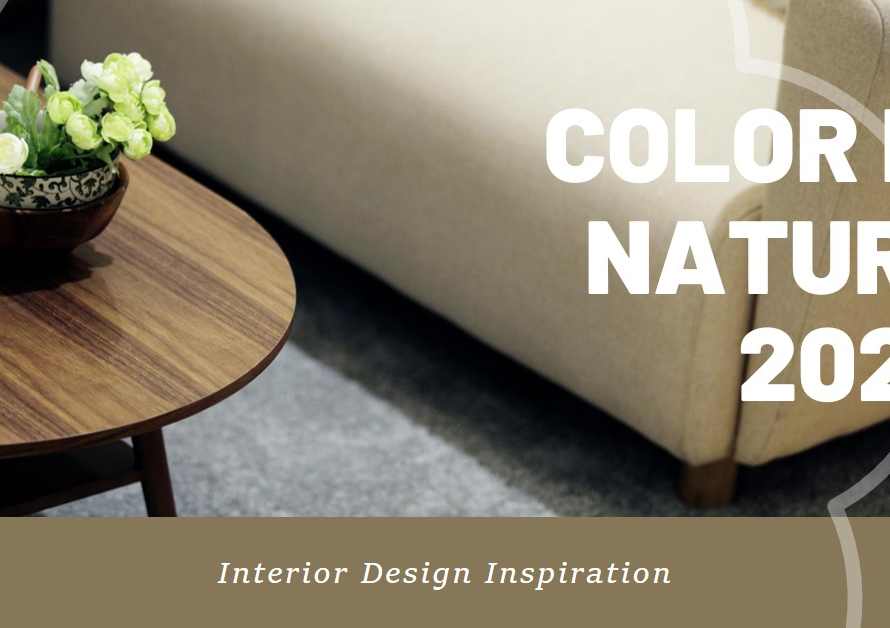
Table of Contents
Defining parametric architecture and its principles
Parametric architecture is a rapidly emerging field that is revolutionizing the way we approach design and construction. At its core, parametric architecture involves using advanced computational tools to create dynamic and adaptive structures. Rather than designing buildings as static entities, parametric architects see buildings as living organisms that can respond and adapt to their environment.
The principles of parametric architecture encompass several key elements. One of these principles is the use of algorithms and mathematical equations to generate designs. Instead of relying solely on intuition or conventional design methods, parametric architects harness the power of computation to create complex geometries and intricate patterns.
Another principle of parametric architecture is the integration between form and function. In traditional architecture, form often follows function; however, in parametric architecture, form and function are intertwined from the very beginning of the design process. This allows for a seamless alignment between structural performance, environmental considerations, and aesthetic expression.
Furthermore, customization plays a vital role in parametric architecture. Due to its reliance on computational tools, every aspect of a building’s design can be easily customized and optimized according to specific project requirements. This level of customization offers endless possibilities for architectural innovation while ensuring that each building is perfectly tailored to its context.
In summary, parametric architecture represents a paradigm shift in how we conceive built environments. It embraces advanced computational tools to create dynamic structures that respond intelligently to their context while exploring new realms of aesthetic expression. By incorporating algorithms, integrating form with function seamlessly, and enabling high levels of customization in design
Historical context: Origins and evolution of parametric architecture
Parametric architecture, as we know it today, has its roots in the architectural theories developed during the latter half of the 20th century. One of the key figures in this development is Cedric Price, a British architect who championed the idea of an algorithmic approach to design. Price believed that by using algorithms and mathematical formulas, architects could create structures that were not only aesthetically pleasing but also responsive to their environment.
The advent of computer-aided design (CAD) technology in the 1980s allowed architects to start exploring these parametric concepts on a larger scale. The use of digital tools facilitated the generation and manipulation of complex geometries, opening up new possibilities for architectural expression. One such example is Frank Gehry’s Guggenheim Museum Bilbao, completed in 1997. The curvilinear forms and intricate façade patterns were made possible through parametric modeling techniques.
Since then, parametric architecture has continued to evolve rapidly, with advancements in computational power and design software enabling even greater complexity and precision. Architects like Zaha Hadid and Herzog & de Meuron have pushed the boundaries of what can be achieved with parametric principles, creating buildings that seem to defy traditional notions of form and structure. Today, parametric architecture is not just a theoretical concept; it is a practical tool that allows architects to realize some truly innovative and groundbreaking designs.
Key concepts: Explaining algorithmic design and generative modeling
Algorithmic design and generative modeling are two key concepts that play a crucial role in parametric architecture. Algorithmic design refers to the use of mathematical algorithms to create, analyze, and optimize architectural designs. By coding complex sets of rules and parameters, architects can generate vast variations of design options based on specific inputs.
Generative modeling takes algorithmic design one step further by using algorithms to create dynamic and adaptive architectural forms. It involves designing systems that can evolve or self-generate based on specified constraints and goals. With generative modeling, architects can explore innovative and intricate designs that would be otherwise difficult or time-consuming to achieve through traditional methods.
Understanding these key concepts is essential for architects aiming to harness the potential of parametric architecture. The ability to effectively use algorithmic design techniques allows for efficient generation of complex designs with precision and accuracy. Additionally, employing generative modeling techniques opens up endless possibilities for pushing the boundaries of architectural form, resulting in highly unique and custom-designed structures.
By incorporating algorithmic design and generative modeling into their workflow, architects tap into a realm where ideas are no longer limited by manual drafting or conventional fabrication methods. These tools enable exploration into uncharted territories, encouraging creativity through discovery rather than only relying on predefined solutions. As parametric architecture continues to grow in popularity, understanding these fundamental concepts becomes more valuable than ever before for those seeking innovation in the built environment
Applications: Examples of parametric architecture in practice
Parametric architecture has been making waves in the design world, with its ability to create complex and innovative structures. One notable example of its application is the Heydar Aliyev Center in Baku, Azerbaijan. Designed by the renowned architect Zaha Hadid, this cultural center showcases sweeping curves and fluid forms that were made possible through parametric design. The organic shapes of the building seamlessly blend with its surroundings, creating a harmonious integration between nature and architecture.
Another striking example is the Beijing National Stadium, also known as the Bird’s Nest. Designed for the 2008 Summer Olympics by Swiss architects Jacques Herzog and Pierre de Meuron, this iconic structure features an intricate lattice-like exterior created using parametric principles. This parametric approach allowed for optimal structural performance while maintaining a visually stunning appearance. The unconventional geometry not only helped to establish a unique identity for the stadium but also provided functional benefits such as effective ventilation and natural lighting.
Overall, these examples demonstrate how parametric architecture can push boundaries and open up new possibilities in design. By embracing computational models and algorithms, architects can create structures that go beyond traditional limitations, allowing for greater creativity and flexibility in their designs. As technology continues to advance, it will be exciting to see how parametric architecture evolves further in practice and what other groundbreaking designs it may bring forth.
Benefits and challenges: Pros and cons of adopting parametric design
Parametric design in architecture has gained popularity due to its numerous benefits. One significant advantage is the ability to create complex and intricate designs that would be difficult or even impossible to achieve using traditional methods. With parametric design, architects can transform their ideas into reality by utilizing algorithms and computational tools. This allows for greater precision and accuracy in designing structures, resulting in enhanced aesthetics and functionality.
However, there are also challenges associated with adopting parametric design. One of the main obstacles is the steep learning curve that comes with mastering the required software programs such as Grasshopper or Dynamo. Architects need to invest time and effort into familiarizing themselves with these tools in order to fully harness the potential of parametric design. Additionally, implementing parametric design practices may require additional resources, both in terms of hardware and personnel with specialized skills. Finally, as technology continues to evolve at a rapid pace, architects may face the challenge of keeping up-to-date with new developments and ensuring compatibility between different software versions.
In conclusion, while parametric design offers numerous advantages for architects seeking innovative solutions, it also presents challenges that need to be addressed. By understanding these pros and cons, professionals can make informed decisions about whether adopting parametric design aligns with their architectural practice goals. Although it may require some initial investment and commitment, embracing this cutting-edge approach can lead to breathtaking designs that push the boundaries of what is possible in architecture.
Future possibilities: Potential advancements in the field
One of the most exciting aspects of parametric architecture is the potential for groundbreaking advancements in the field. As technology continues to evolve at a rapid pace, so too does the possibility for innovative design and construction techniques. We can expect to see a future where buildings dynamically respond to their environment, with facades that adjust based on sunlight intensity or temperature fluctuations. This could lead to enhanced sustainability and energy efficiency, as structures become more adaptable and responsive.
Another exciting area of advancement is in mixed reality technologies such as augmented reality (AR) and virtual reality (VR). With these tools, architects can immerse themselves and their clients into virtual environments where they can explore designs before construction even begins. This not only allows for greater ease in visualizing projects but also opens up possibilities for collaboration between professionals from different disciplines. The ability to seamlessly integrate digital models with physical spaces has the potential to revolutionize how we plan and create architecture.
Additionally, advancements in robotic fabrication hold promise for automating complex construction processes that were once done by hand. Robotic arms equipped with sophisticated sensors and software could be used to precisely fabricate intricate architectural elements or even entire structures. These robots have the potential to increase efficiency, reduce waste, and push the boundaries of what is physically possible in architecture.
The future of parametric architecture holds immense possibilities that will undoubtedly reshape our built environment. From adaptable facades driven by environmental data to immersive virtual design experiences and autonomous robotic fabrication processes – there are endless opportunities awaiting exploration.
Conclusion: Summarizing the impact and potential of parametric architecture.
In conclusion, parametric architecture has already made a significant impact on the field of design and construction. With its ability to generate complex and unique forms, it has revolutionized the way architects conceptualize and create buildings. The use of parametric software allows for intricate designs that were once difficult or impossible to construct. This has opened up a world of possibilities in terms of aesthetics and functionality.
One of the major potentials of parametric architecture lies in its ability to optimize energy efficiency. By using algorithms to analyze and adapt to environmental conditions, buildings can be designed to minimize energy consumption while still maintaining comfort for occupants. This not only benefits the environment but also reduces long-term operating costs for building owners.
Furthermore, parametric architecture holds potential in transforming how we interact with our built environment. With advancements in digital fabrication techniques, such as 3D printing, architects can now easily bring their complex parametric designs into reality. This opens up opportunities for customized and personalized spaces tailored to individuals’ needs and preferences.
Overall, the impact and potential of parametric architecture are vast and exciting. As technology continues to advance, we can expect further innovation in this field that will push boundaries even further, leading to more sustainable, efficient, and visually stunning designs that enhance our lives both functionally and aesthetically.


